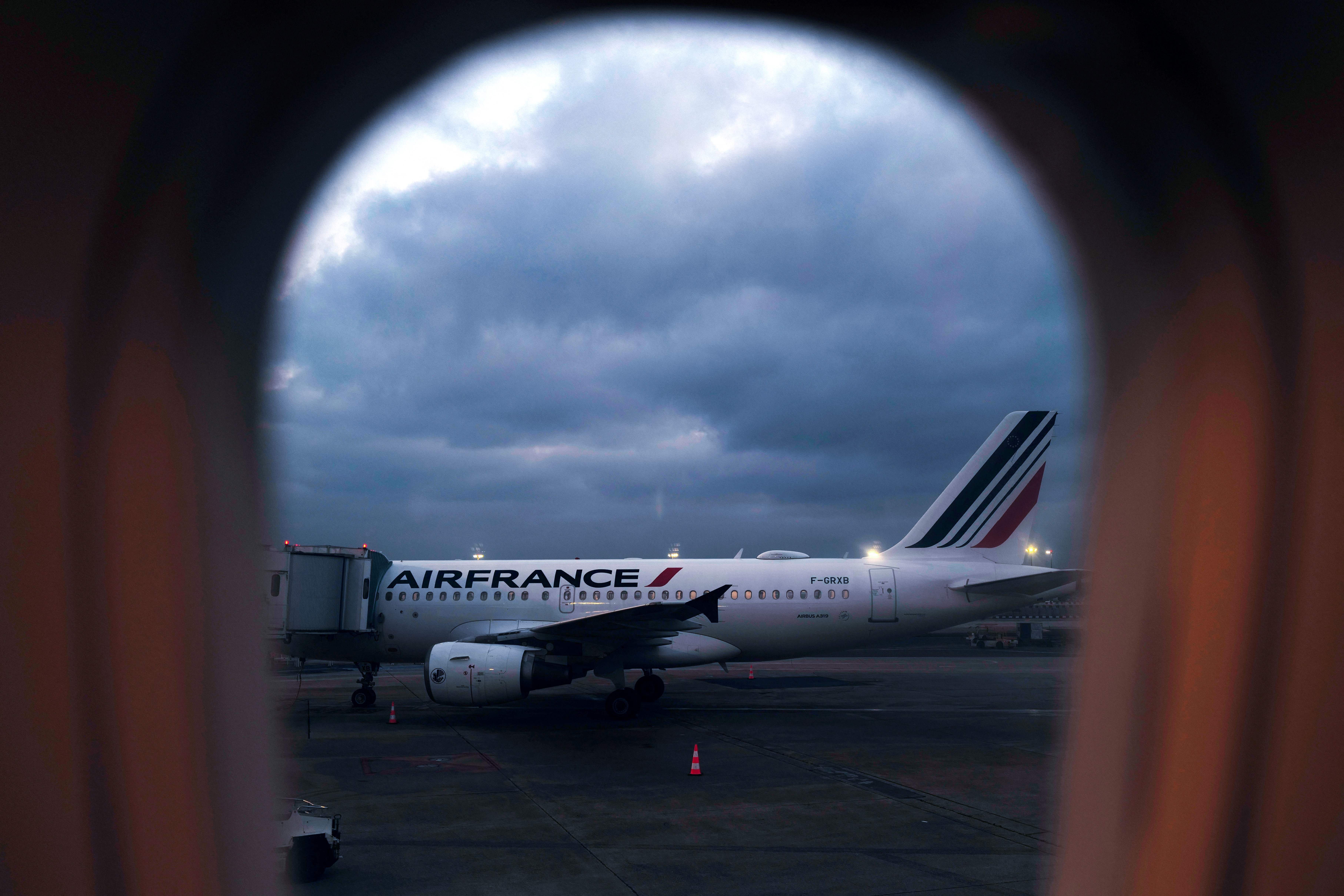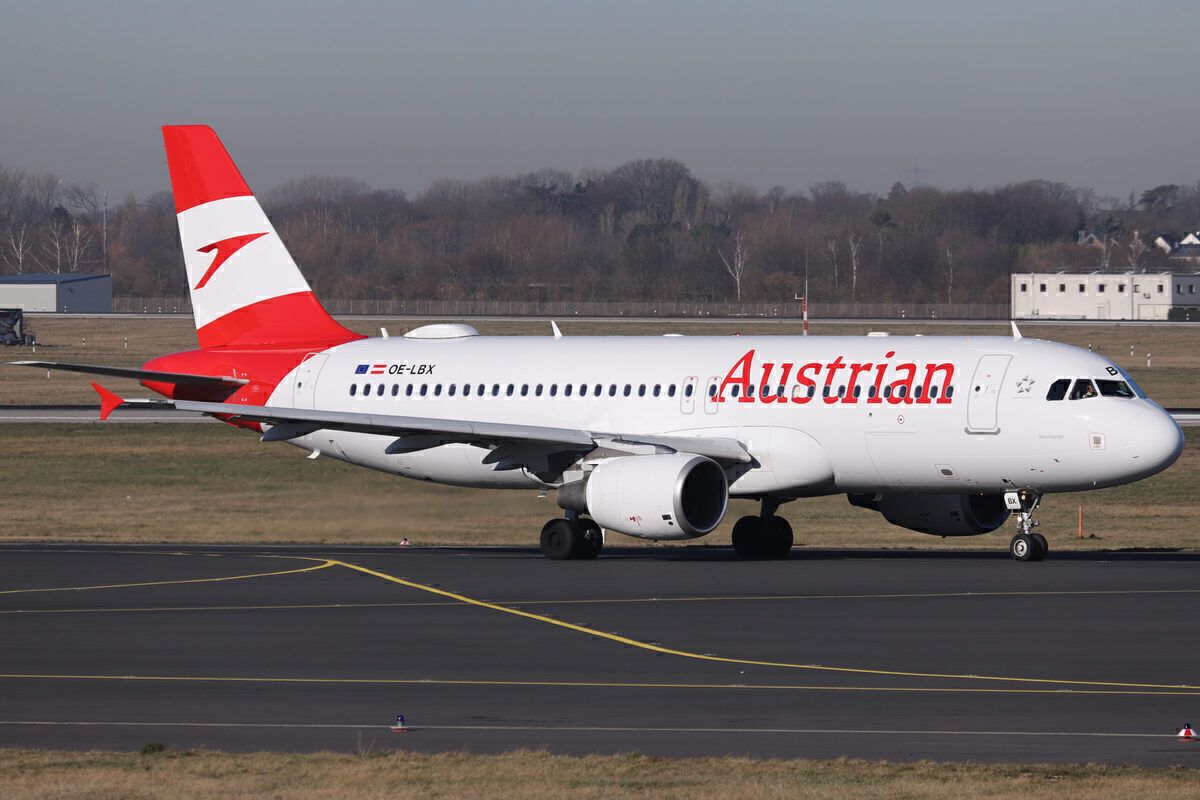A year after the country's Parliament backed the abolishing of domestic flights on routes that can be covered by train in two and a half hours or less, the ban is set to come into force next month. Officially, it includes popular services such as the ones from Paris to Lyon and Bordeaux. However, it only applies to local traffic and not services that connect to international flights, which makes its actual implementation something of a patchwork.
As governments across Europe seek to cut down on emissions in line with the European Union's (relatively) ambitious climate goals, domestic aviation is an easy target, high-profile and popular with much of the environmentally-conscious public. Plus, domestic aviation emissions count towards a country's total, whereas emissions from international flights do not.
Coupled with the need for wholly or partially state-owned carriers for financial aid and assistance due to the COVID-19 pandemic, this provided politicians the perfect opportunity to attach environmental strings to bailout and support packages. However, to assume that all shorter connections in France will simply cease to exist would not be entirely accurate.
Some short flights cease while others increase in frequency
Paris Charles de Gaulle to Lyon (223NM and a flight time of approximately one hour) currently sees an average of five Air France flights in both directions per day. One would expect service to be reduced as the official ban comes into effect. However, there will be an average of six from next week, meaning not less, but one more each day.
This is because the government still wants to keep its legacy carrier competitive on international services connecting to Lyon via the Paris hub, rather than have passengers fly via, say, Amsterdam or London. Tickets in April sell for a little over €100 return flight, which is about the same as the cheapest option for the train, taking just under two hours.
Instead, the focus has been on reducing point-to-point operations from Paris Orly. Air France cut routes out of the capital's secondary airport to Bordeaux, Nantes, and Rennes as a condition to the state-aid it received in 2020. Although, flights from CDG to Nantes have also increased from one to two per day.
When the law was first announced, it was heralded as something that had the potential to accelerate sustainable aviation options. Electric planes, in particular, are predicted to perform well on routes within the applicable ranges.
Had it been universally applicable, it would have single-handedly cut 12% of French domestic air traffic. However, with the exceptions in the name of competitiveness, how effective the 'ban' will actually be and just how much CO2 will be saved in the process is still far from certain.
Are others set to follow suit?
The non-uniformly applied model is dependent on France's network of reliable high-speed railway connections and thus not directly exportable or applicable to other countries. However, several other governments in Europe, for instance, Spain, are considering similar measures.
In mid-2020, Austrian Airlines replaced one of its services on the Vienna to Salzburg (where a flight takes just under 45 minutes) with more frequent train connections to meet criteria imposed by a government bailout. These stipulated that the airline had to cut its domestic emissions by 50% by 2050 and end flights with a direct train connection to the airport that takes less than three hours. The airline offers customers bag drop-off service directly on trains to the airport.
Air France's sister carrier, KLM, launched a partnership with Thalys and NS Dutch Railways in 2019 to partially replace the incredibly short hop between Amsterdam and Brussels with a train ride for connecting passengers. However, the airline still operates four services per day between the Dutch and Belgian capitals.
What do you make of how the French short-haul domestic flight ban is implemented? Does it make it an exercise of environmental window dressing, or are the exceptions reasonable? Leave a comment below and share your thoughts.



